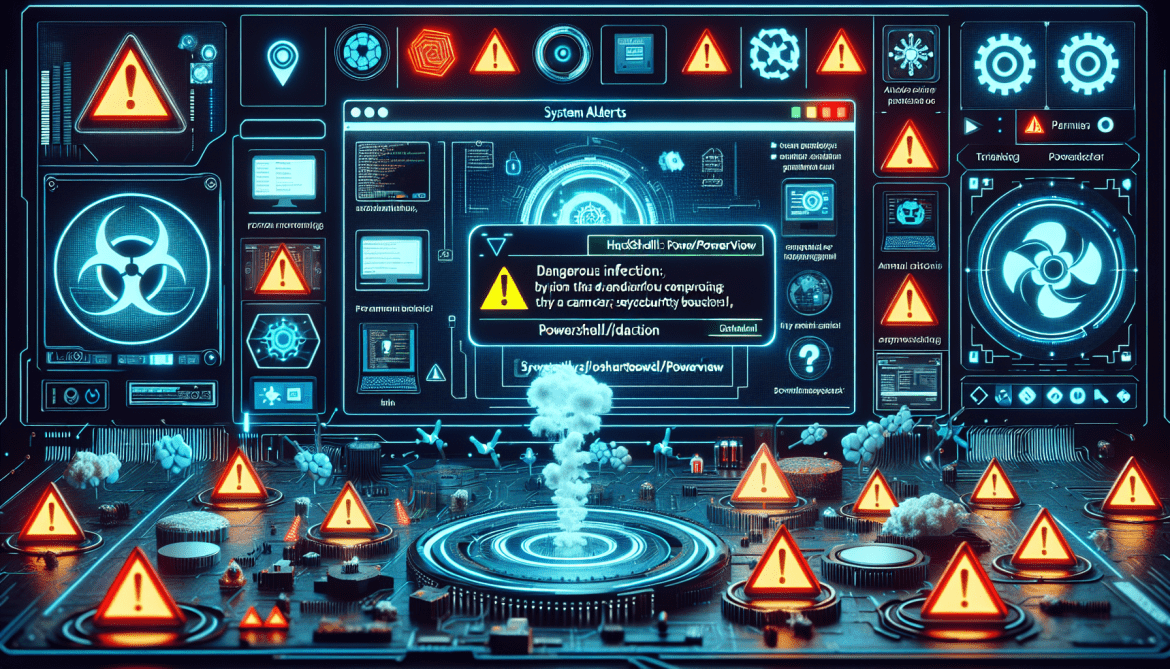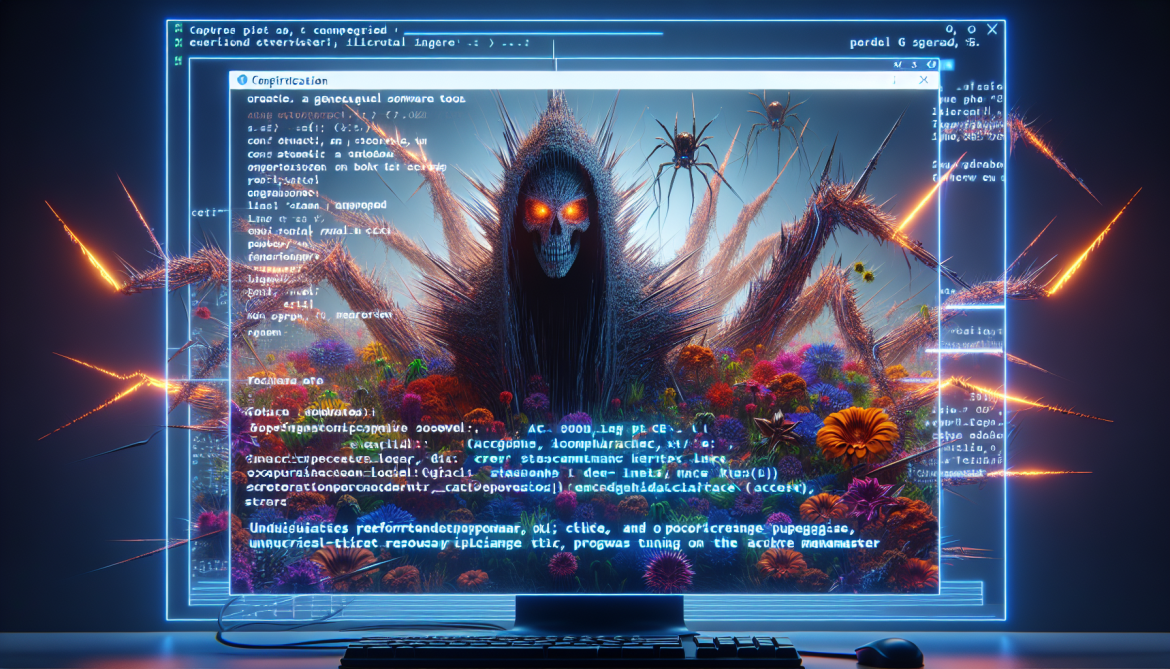Nova Stealer is a type of malware that is designed to steal sensitive information from infected computers. It is commonly used by cybercriminals to gather data such as usernames, passwords, credit card information, and other personal details.
Nova Stealer typically infects computers through malicious email attachments, fake software downloads, or compromised websites. Once the malware is installed on a computer, it can run in the background without the user’s knowledge, silently collecting and sending data to the attacker.
To protect against Nova Stealer and other types of malware, it is important to keep your operating system and security software up to date, avoid clicking on suspicious links or downloading unknown files, and regularly scan your computer for malware.










